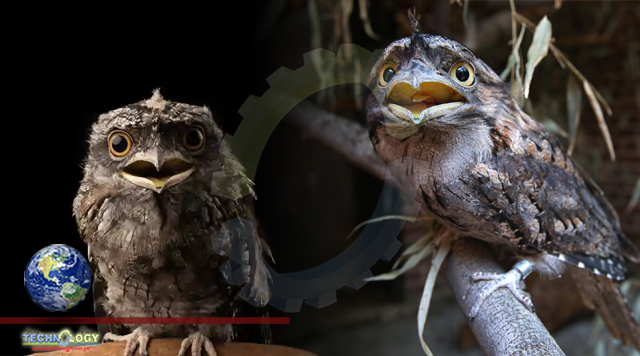If someone were to ask what the most “Instagrammable” bird in the world would be, it’s unlikely that the frogmouth – whose main aesthetic goal is to look like a jagged tree branch – would be front of mind.

By Matilda Boseley
But it seems science says otherwise, the dishevelled looking Australian and south-east Asian native taking out the top spot in a study from Germany’s University Hospital Jena, which aimed to see which bird species reigned supreme on the photo-sharing app
The study, published last week by German researchers Dr Katja Thömmes and Dr Gregor Hayn-Leichsenring set out to analyse nearly 30,000 bird photos from nine popular avian photography Instagram accounts, using an algorithm to record which photos comparatively attracted the most “likes” on the photo-sharing platform.
As the study’s summary suggests, the aim was simple: to learn “what makes a great bird photo?”.
But even the researchers admit the frogmouth was a “surprising winner” for the category of “Instagram’s most aesthetically appealing bird”.
Guardian readers may not be as surprised by the result, voting the tawny frogmouth second in the 2019 bird of the year poll.
Frogmouths are often mistaken for owls, although they share little of their majestic grace. The stocky, dishevelled birds have piercing yellow eyes and wide, hooked beak, giving them their name.
According to Bushland Heritage Australia the scientific name for the tawny frogmouth, Podargus strigoides, is a combination of the species name strigoides, meaning owl-like, and podargus, which is derived from the Greek word for gout.
Why? Because their small, non-taloned feet are said to make them “walk like a gout-ridden man”. Hardly the traditional glamorous aesthetic Instagram users are drawn to.
“The surprising winner in this ranking is the frogmouth, which seems to be a matter of poetic justice, as this nocturnal bird with very distinct facial features was once designated ‘the world’s most unfortunate-looking bird’,” the study says, referring to an article in Nature Australia in 2004.
“The frogmouth brings that factor of surprise as it just does not look like any other bird, with its almost anthropomorphic facial features,” Thömmes told the New York Times.
“I must admit that I have grown quite fond of this peculiar nocturnal bird myself.”
In one of the reports more scathing lines, the researchers mused that “the ranking of bird families demonstrates that the IAA score is not necessarily tied to the beauty of the depicted bird”.
“Presumably interestingness, idiosyncrasy and the situational context all play their part in the aesthetic appeal of bird photos to the human observer.”
After the frogmouth came a number of colourful pigeons with decorative plumage. The emerald turaco was also high up, with its mohawk-like crown of bright green feathers, followed by the hoopoe, an African bird with striking black and white stripes, a long beak and a similarly impressive punk hairstyle.
Down the very bottom was the sandpiper and the oystercatcher, which the researcher suggested may be due to the species often being photographed “in the act of eating lugworms and seashells”. Storks and vultures were also among the most neglected on Instagram.
The IAA score works by taking the absolute numbers of “likes” from a post and then factoring in the size of the account and the time the post has been public. It then produces an “expected” number of likes the post “should” receive and scores it based on the percentage of likes it received over or under this.
The tawny frogmouth averaged 19, leading with a respectable margin, while on the other end the sandpiper was given a minus 23.
Fellow researcher Hayn-Leichsenring told the New York Times it was his idea to use Thömmes’s IAA scores to rank bird photographs.
“I thought this method, the IAA score, will be a great tool to investigate bird photographs in terms of aesthetic appeal and inform people which birds are the most photogenic,” he said.
“Or possibly, I just wondered why nobody likes my own bird photographs.”
Originally published at The guardian